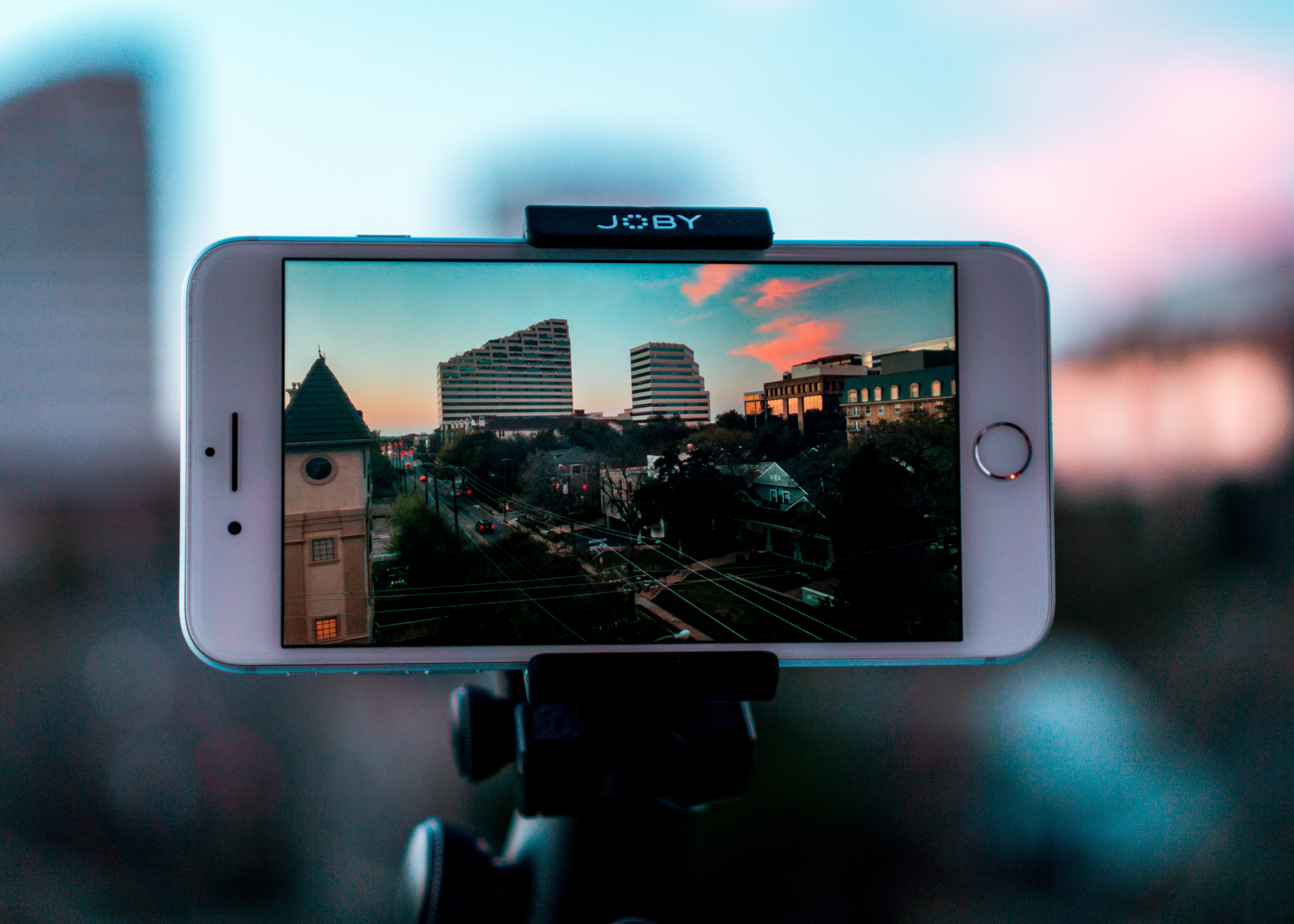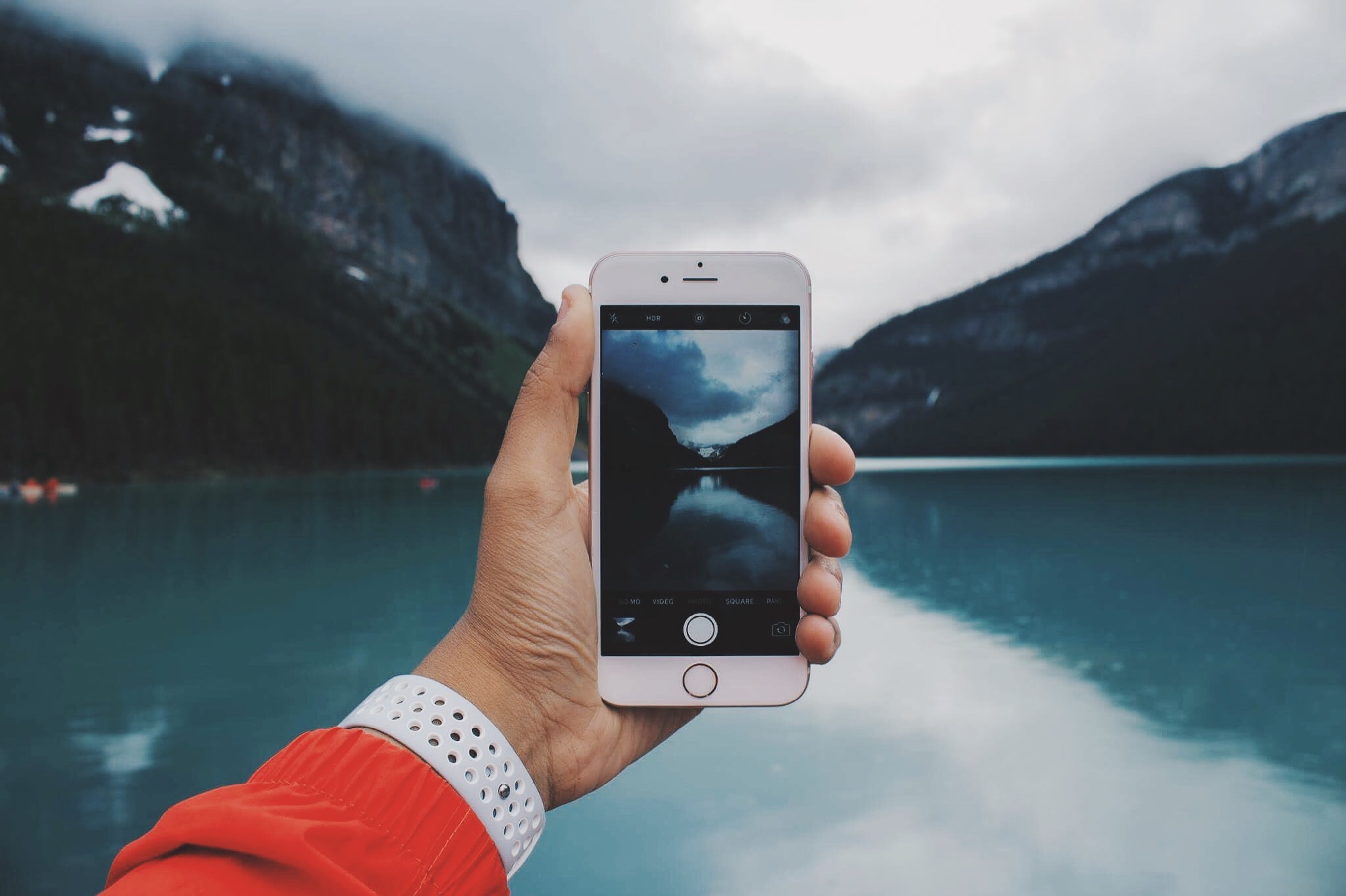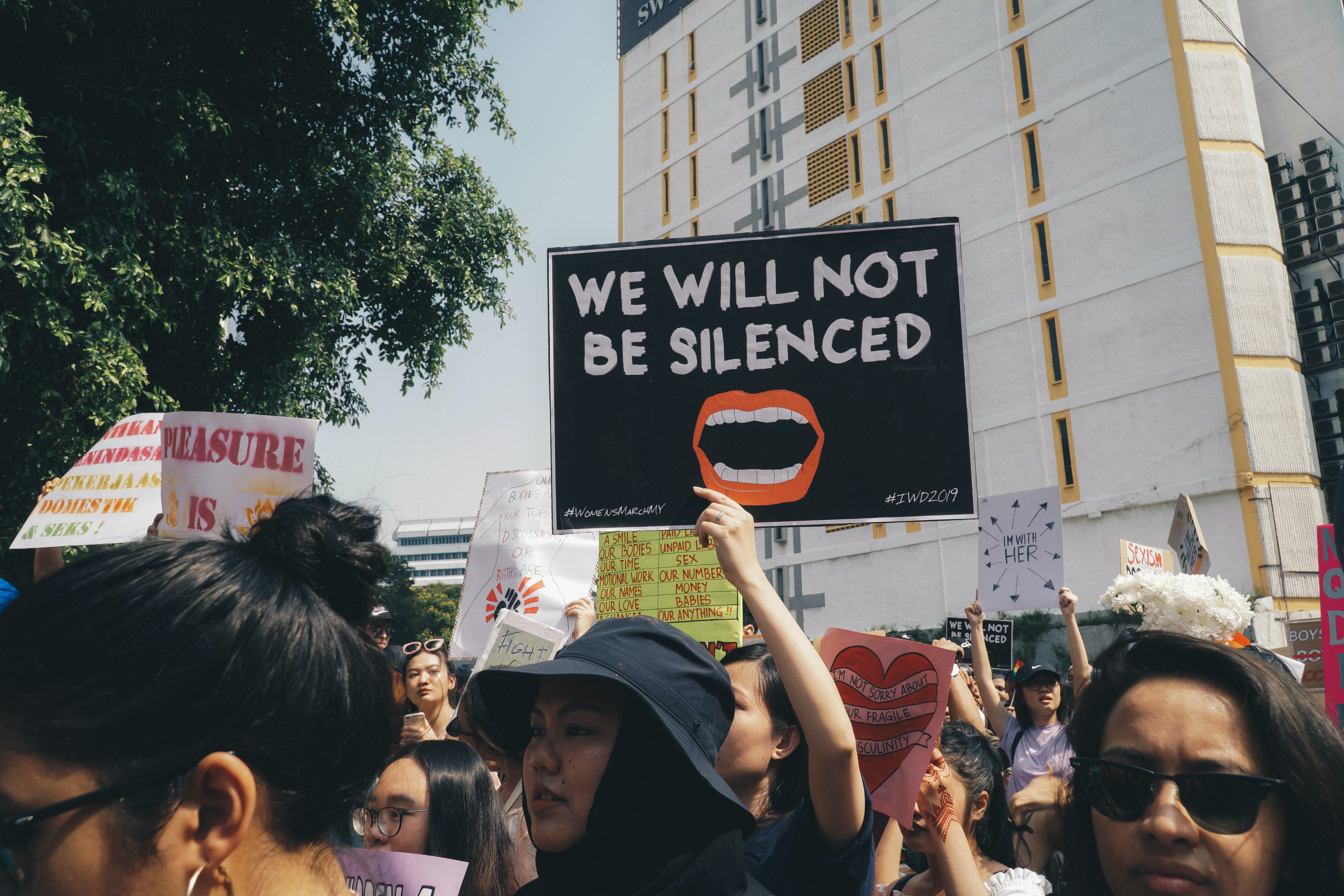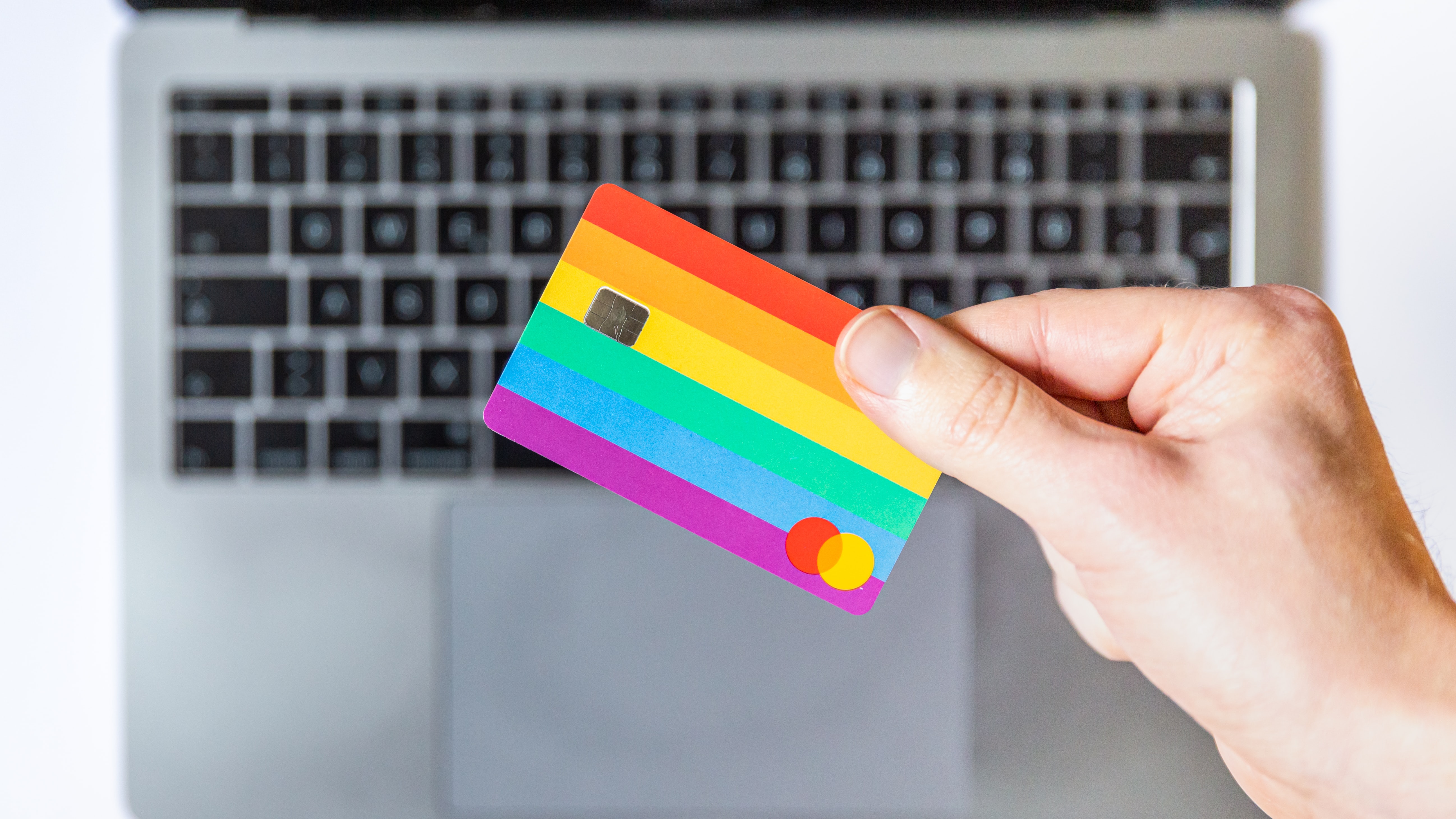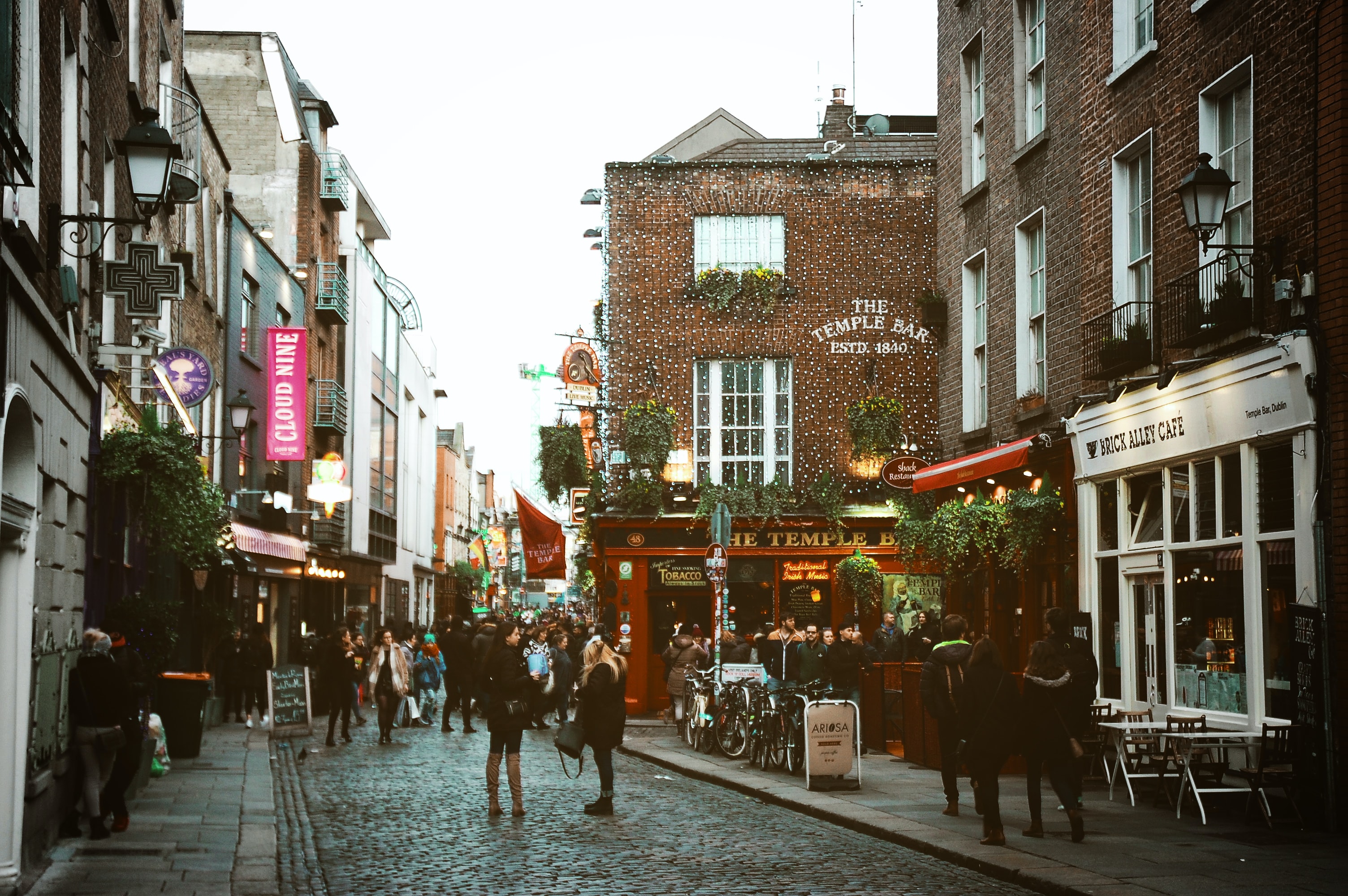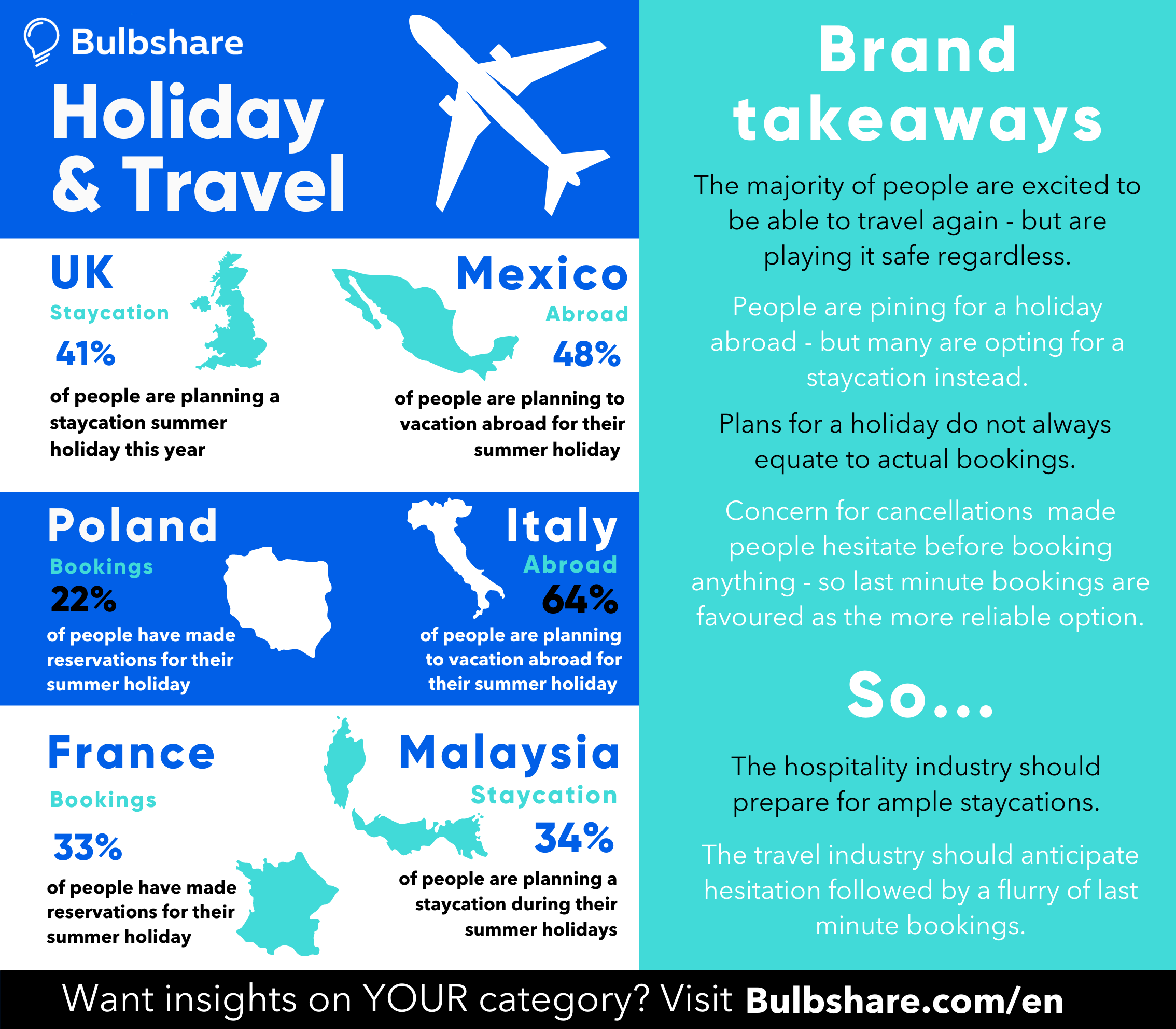You’ve heard of user generated content, right? Well, what about employee generated content?
Defined as any form of content that is created and distributed by your internal workforce, employee generated content is a powerful new vein of brand advocacy, the crossroad where employee advocacy meets user generated content, and the simplest and most accessible form of marketing. Your pool of creators – or colleagues – are on hand at any time to promote your brand… and, of course, they’re experts in your field.
With every new talented professional that joins the team, your brand becomes a household name amongst their friends and family. With every post they share about their career development, they advertise your company as the hot new place to work. With every conversation they have at a bar or party that starts with ‘so, what do you do?’ they disseminate your brand name that little bit further. And, bit by bit, their connections’ loyalty to them becomes loyalty to your brand, too. After all, it’s not just your sales team’s responsibility to drive leads.
So, how can you and your organisation leverage the power of employee advocacy and EGC to take your brand awareness to the next level and transform incidental advocacy into strategic advocacy? Here are the top tips you need to know…
















